Nadia Litz is a Canadian actor and filmmaker with a love for vintage style—luckily, playing dress up is part of what she does for a living. She spoke with us about the reciprocal relationship between film and fashion, and how it’s influenced her career.
SDTC: What are you working on right now?
Nadia Litz: I have three projects I’m particularly alight for:
Big Muddy is a feature I’m in, directed by Jefferson Moneo, a Columbia graduate from Saskatchewan. When Jefferson asked me to star in the film, he sent me a photo of Faye Dunaway in
Bonnie and Clyde and said, “you.” It’s Canadian Gothic—weird and western.
Hotel Congress is a feature I co-directed, wrote and star in. We made it in an unusual way, shooting it in only three days (in a working hotel in Tucson, Arizona). It opens at the lovely TIFF Bell Lightbox on May 30th… Select cities, thereafter.
The People Garden is my next feature as a writer/director. It’s about a a woman who goes to a location in Japan to break-up with her boyfriend, only discover he’s missing. We’re casting it now.
SDTC: How does film influence fashion, and vice versa?
NL: I understand style—fashion seems more about trends and money. Style is about creativity, which is much more interesting to me personally and professionally. For example, I think
All The President’s Men (1976) is a very
stylish film. All that beige corduroy serves a function. It represents the era, the character’s profession as journalists. It also serves a function in the overall cohesion of the brilliant production design. But, I don’t know the film’s influence on fashion directly. I do feel though that the “Wes Anderson male” takes some of its references from that type of film. Same with
True Detective, recently, which had an impressive, subtle costume design that was very
All The President’s Men. In that sense, costume can represent an era/genre/mood and can then be referenced for years and years.
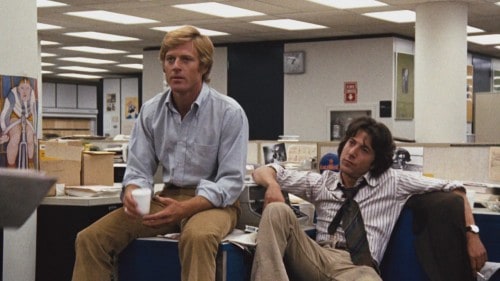
SDTC: What are some of your favourite fashion films? What are some films whose sartorial component is key to their success as a piece of art?
NL: Rainer Werner Fassbinder’s films were the most important films in terms of lavish iconic beauty and style. The black lingerie kitchen scene at the end of his The Marriage of Maria Braun is not only a satorial dream, but speaks succinctly to Maria’s plight in the whole film. Twin Peaks, the series, also has flawless costume design and endless references for a great wardrobe.
The Marriage of Maria Braun
SDTC: List some cinematic fashion icons of yours.
Sissy Spacek in Badlands (puff sleeves, white eyelet, freckles)
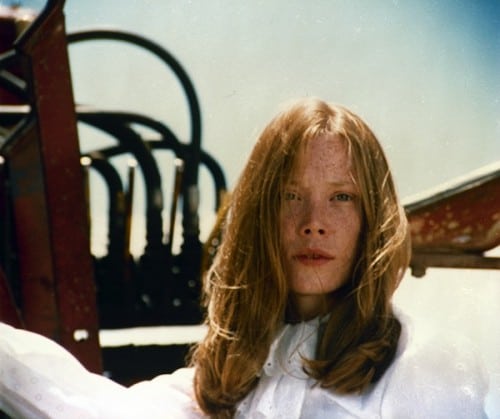
Chloe Sevigny in The Last Days of Disco (70s done classic)
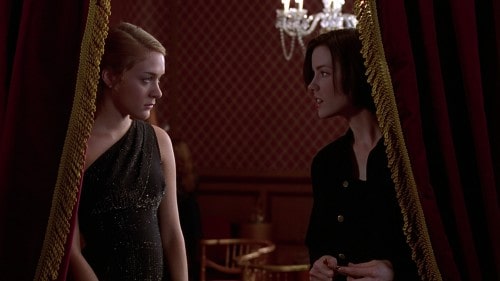
Keri Russell in The Americans (80s and Slavic!) is really doing it for me these days
Kathryn Bigelow when she’s directing (powerful).
Peter Falk in Columbo (I’m really into trench coats).
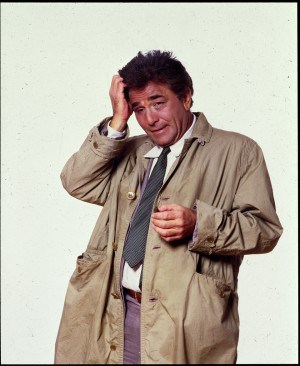
SDTC: If you could have ANYONE, living or dead, act as costume supervisor on a film of yours, who would you choose?
NL: My hero dress in
Big Muddy was by Canadian designers
Horses Atelier so [designers] Claudia Dey and Heidi Sopinka would be cool.



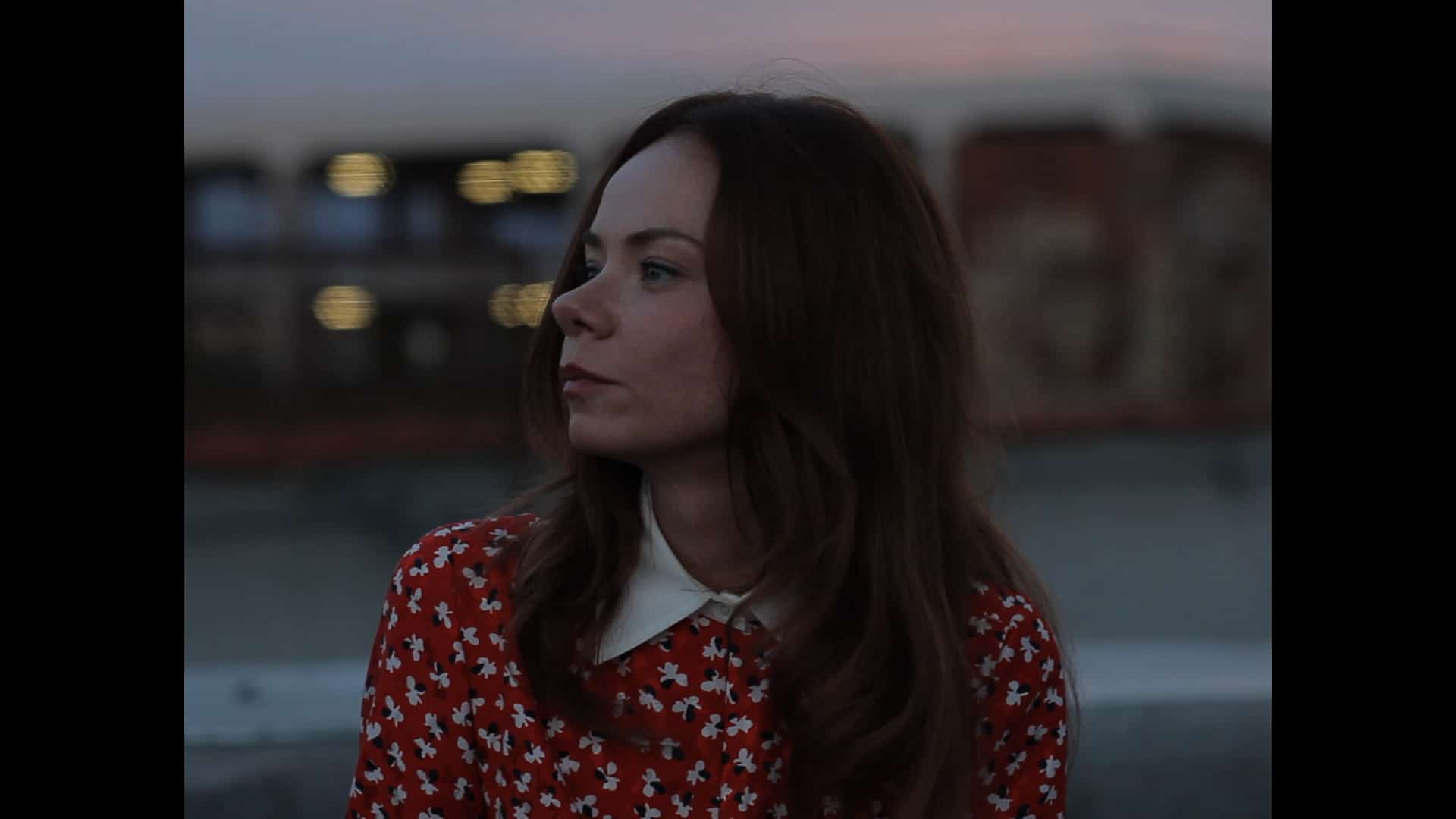

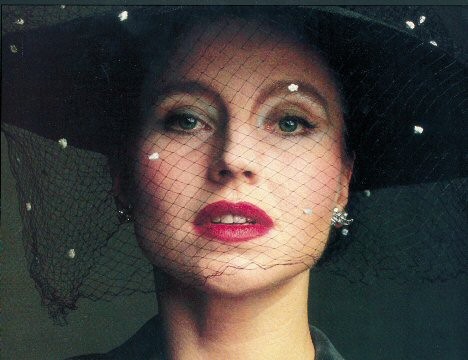


 Follow Us On Instagram
Follow Us On Instagram
